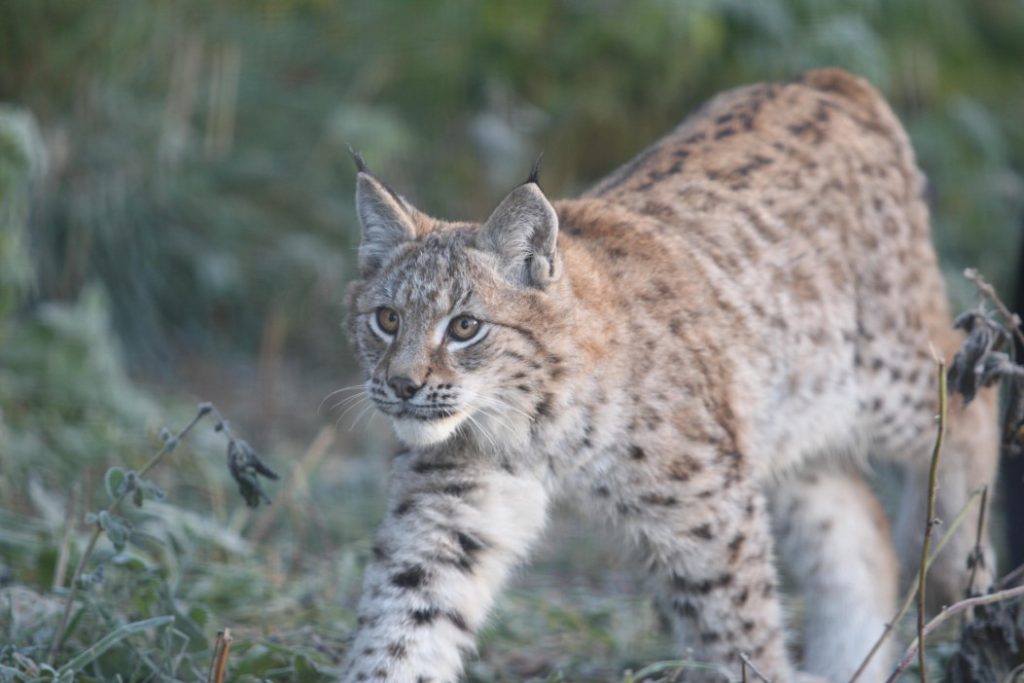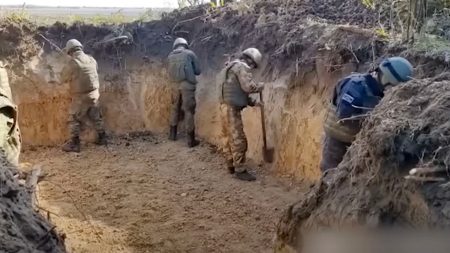The Scottish Highlands are currently the stage for an unfolding wildlife drama, following the illegal release of two Eurasian lynx near the village of Kingussie. Authorities, including the police and the Highland Wildlife Park staff, are actively engaged in locating the animals, while simultaneously issuing warnings to the public to avoid any interaction with the potentially dangerous predators. This incident raises a multitude of concerns, not only for public safety but also for the welfare of the lynx themselves, thrust into an unfamiliar environment without proper acclimatization or support. The deliberate and illicit nature of the release has sparked condemnation from conservation bodies, highlighting the detrimental impact of such actions on both the animals and the delicate ecological balance of the region.
The Eurasian lynx, an apex predator once native to Britain but hunted to extinction centuries ago, represents a complex and often contentious topic in modern conservation. Their historical presence evokes a sense of ecological restoration, a yearning for the rewilding of the British landscape. However, their reintroduction, especially through illegal means, presents significant challenges. The sudden appearance of these predators disrupts the established ecosystem, potentially impacting existing wildlife populations and creating unpredictable interactions. Furthermore, the lynx themselves are at risk, lacking the necessary skills and knowledge to thrive in a habitat they have never known, potentially facing starvation, disease, or conflict with humans.
The primary concern for authorities is public safety. While lynx are generally shy and avoid human contact, they are still wild animals equipped with sharp claws and teeth. The fear and uncertainty surrounding their presence necessitate clear communication and precautions. The public is advised to maintain a safe distance, avoid approaching the animals under any circumstances, and report any sightings immediately. This cautious approach aims to minimize the risk of human-wildlife conflict while allowing trained professionals to track and assess the lynx. The goal is to ensure both human safety and the well-being of the released animals, navigating the complex situation with careful consideration for all stakeholders.
The illegal release of these lynx raises fundamental questions about wildlife management and the ethics of rewilding. While reintroducing native species can contribute to restoring biodiversity and ecological balance, it must be done responsibly and scientifically. Unregulated and haphazard releases, like the one in the Highlands, undermine conservation efforts and create unnecessary risks. They jeopardize the delicate balance of the ecosystem, potentially impacting existing wildlife populations and disrupting established food chains. Moreover, such actions often lead to negative public perception and hinder genuine conservation initiatives, creating a setback for the long-term goal of restoring lost species.
The investigation into the release of the lynx is ongoing, and authorities are appealing for public assistance in gathering information. This incident underscores the importance of public education and awareness regarding wildlife conservation and the potential consequences of interfering with natural processes. The responsible management of wildlife requires a collaborative approach, involving government agencies, conservation organizations, and the public working together to protect and preserve biodiversity. It necessitates careful planning, scientific assessment, and community engagement to ensure that reintroduction efforts are conducted ethically, sustainably, and with the long-term health of the ecosystem in mind.
The story of the released lynx serves as a cautionary tale, highlighting the complexities and challenges of wildlife reintroduction. It underscores the need for a balanced approach, one that considers the ecological implications, public safety, and the welfare of the animals themselves. While the desire to restore lost species is commendable, it must be pursued responsibly, with careful planning and scientific rigor, not through illegal and potentially damaging actions. The future of the Eurasian lynx in Britain, and indeed the success of any rewilding effort, depends on a collaborative and informed approach, one that respects the delicate balance of nature and prioritizes the long-term health of the ecosystem.











